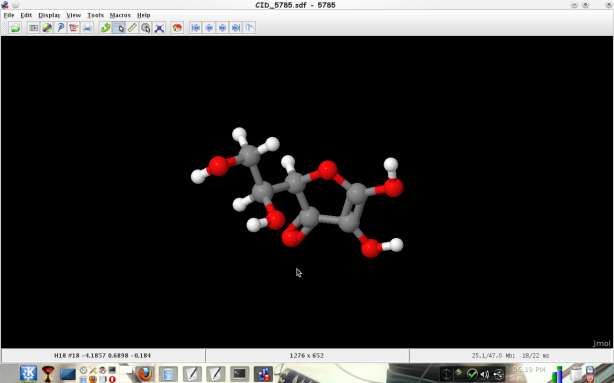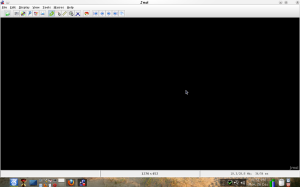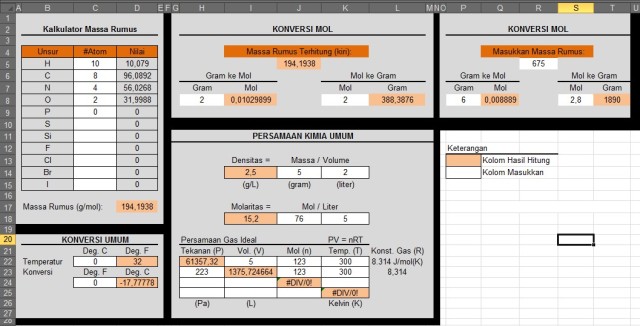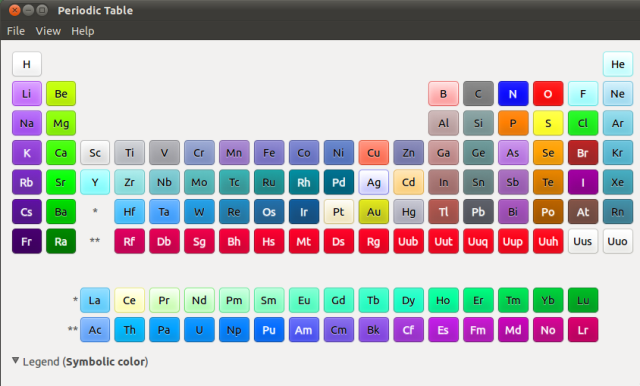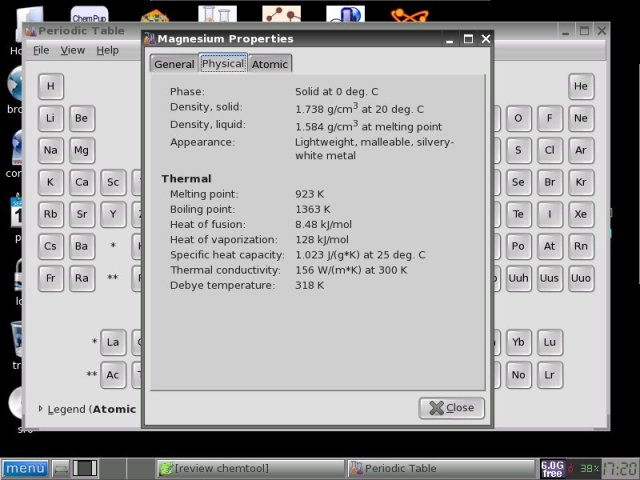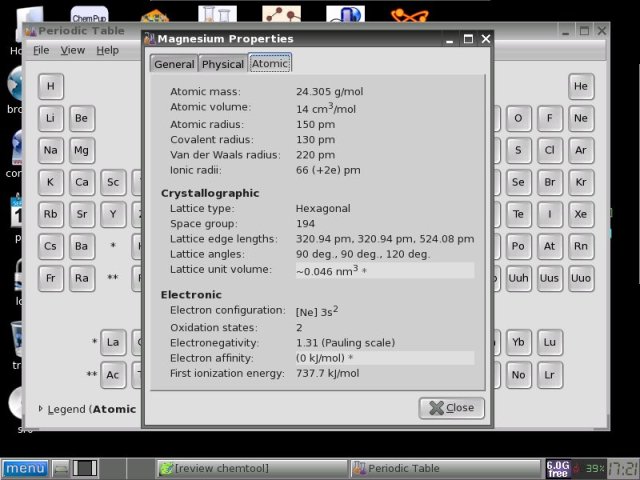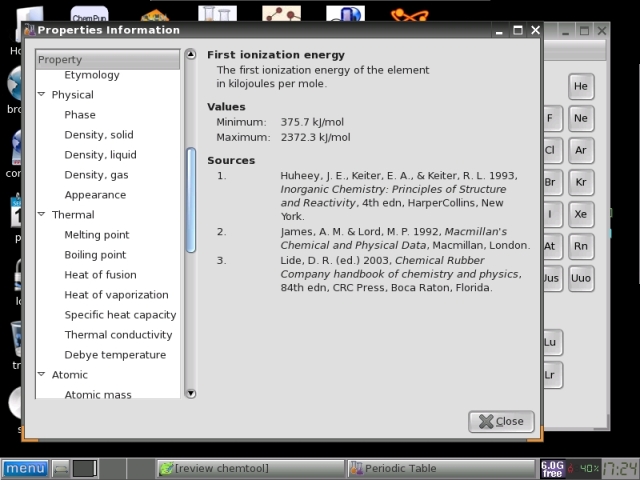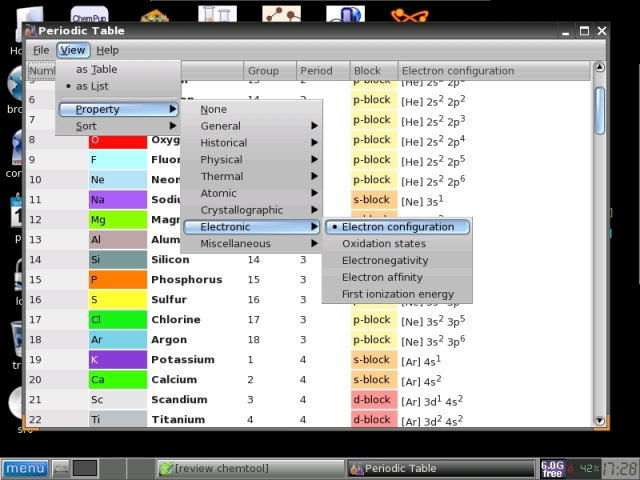AutoDock
is a suite of automated docking tools. It is designed to predict how
small molecules, such as substrates or drug candidates, bind to a
receptor of known 3D structure.
Current distributions of
AutoDock consist of two generations of software:
AutoDock 4 and
AutoDock Vina.
AutoDock 4 actually consists of two main programs: autodock performs the docking of the ligand to a set of grids describing the target protein; autogrid pre-calculates these grids.
In
addition to using them for docking, the atomic affinity grids can be
visualised. This can help, for example, to guide organic synthetic
chemists design better binders.
AutoDock Vina
does not require choosing atom types and pre-calculating grid maps for
them. Instead, it calculates the grids internally, for the atom types
that are needed, and it does this virtually instantly.
We have also developed a graphical user interface called
AutoDockTools,
or ADT for short, which amongst other things helps to set up which
bonds will treated as rotatable in the ligand and to analyze dockings.
AutoDock has applications in:
- X-ray crystallography;
- structure-based drug design;
- lead optimization;
- virtual screening (HTS);
- combinatorial library design;
- protein-protein docking;
- chemical mechanism studies.
|  |
AutoDock 4 is free and is available under the GNU General Public License.
AutoDock Vina is available under the Apache license, allowing commercial and non-commercial use and redistribution. Click on the "
Downloads" tab. And Happy Docking!
What is AutoDock Vina?
AutoDock
Vina is a new generation of docking software from the Molecular
Graphics Lab. It achieves significant improvements in the average
accuracy of the binding mode predictions, while also being up to two
orders of magnitude faster than
AutoDock 4.
1
Because the scoring functions used by
AutoDock 4 and
AutoDock Vina are different and inexact, on any given problem, either program may provide a better result.
Detailed information can be found on the
AutoDock Vina web site.
AutoDock
4.2 is faster than earlier versions, and it allows sidechains in the
macromolecule to be flexible. As before, rigid docking is blindingly
fast, and high-quality flexible docking can be done in around a minute.
Up to 40,000 rigid dockings can be done in a day on one cpu.
AutoDock
4.2 now has a free-energy scoring function that is based on a linear
regression analysis, the AMBER force field, and an even larger set of
diverse protein-ligand complexes with known inhibition constants than
we used in AutoDock 3.0. The
best model was cross-validated with a separate set of HIV-1 protease
complexes, and confirmed that the standard error is around 2.5
kcal/mol. This is enough to discriminate between leads with milli-,
micro- and nano-molar inhibition constants.
The introduction of AutoDock 4 comprises three major improvements:
- The docking results are more accurate and reliable.
- It can optionally model flexibility in the target macromolecule.
- It enables AutoDock's use in evaluating protein-protein interactions.
AutoDock
4.0 not only is it faster than earlier versions, it allows sidechains
in the macromolecule to be flexible. As before, rigid docking is
blindingly fast, and high-quality flexible docking can be done in
around a minute. Up to 40,000 rigid dockings can be done in a day on
one cpu.
AutoDock
4.0 now has a free-energy scoring function that is based on a linear
regression analysis, the AMBER force field, and an even larger set of
diverse protein-ligand complexes with known inhibiton constants than we
used in AutoDock 3.0. The
best model was cross-validated with a separate set of HIV-1 protease
complexes, and confirmed that the standard error is around 2.5
kcal/mol. This is enough to discriminate between leads with milli-,
micro- and nano-molar inhibition constants.
AutoDock
4.0 can be compiled to take advantiage of new search methods from the
optimization library, ACRO, developed by William E. Hart at Sandia
National Labs. We have also added some new features to our existing
evolutionary methods. We still provide the Monte Carlo simulated
annealing (SA) method of 2.4 and earlier. The Lamarckian Genetic
Algorithm (LGA) is a big improvement on the Genetic Algorithm, and both
genetic methods are much more efficient and robust than SA.
Mailing List and Forum
We have developed and continue to improve our graphical front-end for
AutoDock and AutoGrid,
ADT (
AutoDockTools). It runs on Linux, Mac OS X, SGI IRIX and Microsoft Windows. We also have new
tutorials, along with accompanying sample files.
AutoDock
has now been distributed to more than 29000 users around the world.
It is being used in academic, governmental, non-profit and commercial
settings. In January of 2011, a search of the ISI Citation Index showed
more than 2700 publications have cited the primary AutoDock methods papers.
AutoDock
is now distributed under the GPL open source license and is freely
available for all to use. Because of the restrictions of incorporating
GPL licensed software into other codes for the purpose of
redistribution, some companies may wish to license AutoDock
under a separate license agreement - which we can arrange. Please
contact Prof. Arthur J. Olson at + 1 (858) 784-2526 for more
information.
AutoDock has been widely-used and there are many examples of its successful application in the literature (see
References); in 2006,
AutoDock was the most cited docking software.
It is very fast, provides high quality predictions of ligand
conformations, and good correlations between predicted inhibition
constants and experimental ones.
AutoDock has also been shown to be
useful in blind docking, where the location of the binding site is not known. Plus,
AutoDock is free software and version 4 is distributed under the GNU General Public License; it
easy to obtain, too.
Does your research run on
AutoDock? If so, you may be eligible to benefit from World Community Grid’s free computational power to accelerate your research.
AutoDock has already been “grid-enabled” by World Community Grid’s technical team and is currently being run on
World Community Grid with the
FightAIDS@Home project from The Scripps Research Institute and the
Discover Dengue Drugs - Together project from The University of Texas Medical Branch. Please review World Community Grid’s
research project criteria and
contact World Community Grid if you have an idea for a project proposal or any questions.
Sumber : http://autodock.scripps.edu/




